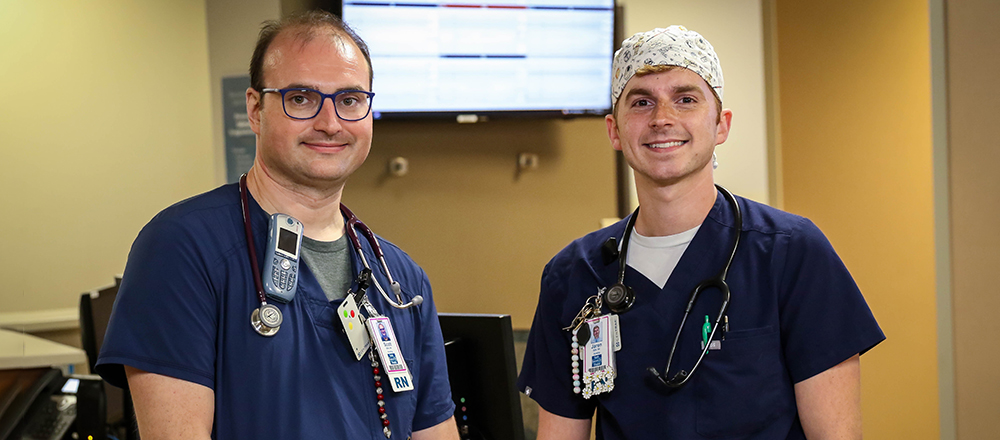Preeclampsia: What Expectant Mothers Need to Know
May 7, 2024By: Janel Zion
Categories: Maternity, Women's Health

Preeclampsia, a serious pregnancy condition, affects about 8% of pregnancies in the U.S. each year. This condition causes elevated blood pressure and protein in the urine after 20 weeks of pregnancy. Preeclampsia is one of several categories of high blood pressure in pregnancy.
High blood pressure, also known as hypertension, occurs when the force of your blood pushing against the blood vessel walls is consistently too high. Blood pressure is measured using two numbers, such as 115/75 mmHg, and measured in millimeters of mercury (mmHg). The top number, known as the systolic pressure, measures the pressure in your arteries when your heart beats. The bottom number, known as the diastolic pressure, measures the pressure in your arteries when your heart rests between beats. Blood pressure is high if the top number reads 130 or higher, or the bottom number reads 80 or higher, and it stays in those elevated ranges over time.
Left untreated, preeclampsia can lead to serious, potentially fatal, complications for mother and baby. Though this condition is rare, knowing the symptoms, risk factors and how to reduce your risk of developing it is important.
What Are the Signs and Symptoms?
The first signs of preeclampsia are often found during routine prenatal visits, but you may not have any noticeable symptoms. Along with high blood pressure, preeclampsia signs and symptoms may include:
- Changes in vision, like blurred vision or light sensitivity
- Decreased levels of platelets in blood
- Excess protein in urine
- Nausea or vomiting
- Pain in the right-side ribs
- Severe headaches
- Shortness of breath
- Swelling in the face, hands or legs
Several of these are common discomforts of pregnancy, so it can be hard to know if any should be of concern. That’s why it’s important to go to all prenatal visits as it’s the best way to detect preeclampsia.
What Are the Risk Factors?
Numerous factors can increase your risk of developing preeclampsia during pregnancy and several that you can control. Conditions linked to a higher risk of preeclampsia include:
- Being pregnant with more than one baby
- Experiencing preeclampsia in a previous pregnancy
- Having an autoimmune disease or kidney disease
- Living with type 1 or type 2 diabetes before pregnancy
- Struggling with chronic high blood pressure
- Using in vitro fertilization to conceive
Conditions linked with a moderate risk of developing preeclampsia include:
- Complications in previous pregnancy
- Family history of preeclampsia
- First pregnancy with current partner
- Maternal age 35 or older
- More than 10 years since previous pregnancy
- Obesity
Talk to your healthcare provider about your risk factors and about what you can do to stay healthy and reduce your chances of preeclampsia and having a preterm birth.
How Can You Reduce Your Risk?
For those with risk factors, there are some steps you can take before and during pregnancy to lower the chances of developing preeclampsia, such as:
- Eat healthy foods and avoid caffeine.
- Get at least eight hours of sleep.
- Exercise regularly.
- Monitor blood pressure and blood sugar levels.
- Lose excess weight.
If you have one high risk for preeclampsia or more than one moderate risk factor, your doctor may suggest taking low-dose aspirin daily after 12 weeks of pregnancy. Talk to your OB-GYN to see if treatment with low-dose aspirin would be right for you.
Takeaway
Though preeclampsia only affects about 400,000 pregnancies each year, it’s important to know what to look out for and how to avoid developing this condition during your pregnancy. If you have questions or concerns about preeclampsia, speak with your OB-GYN or primary care provider.



